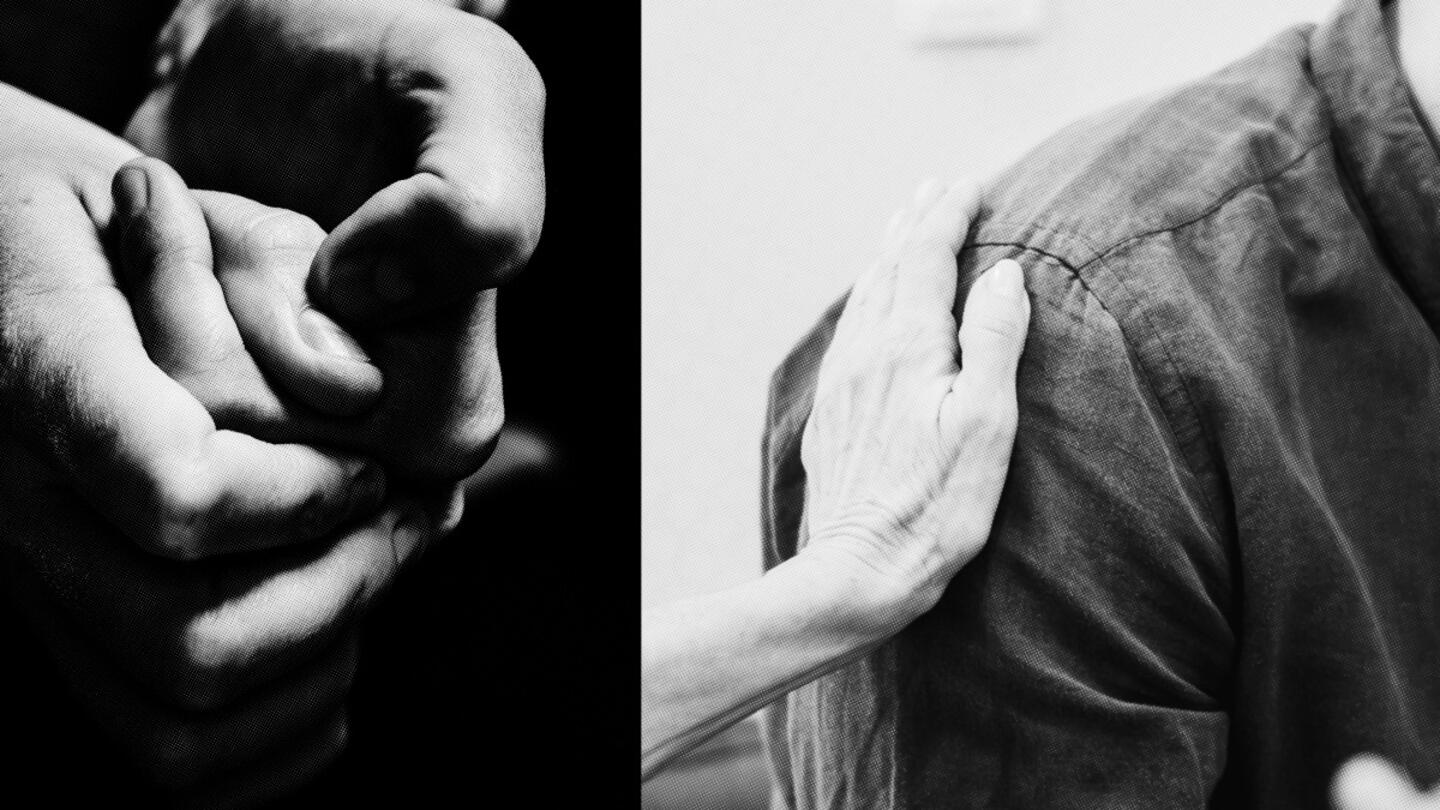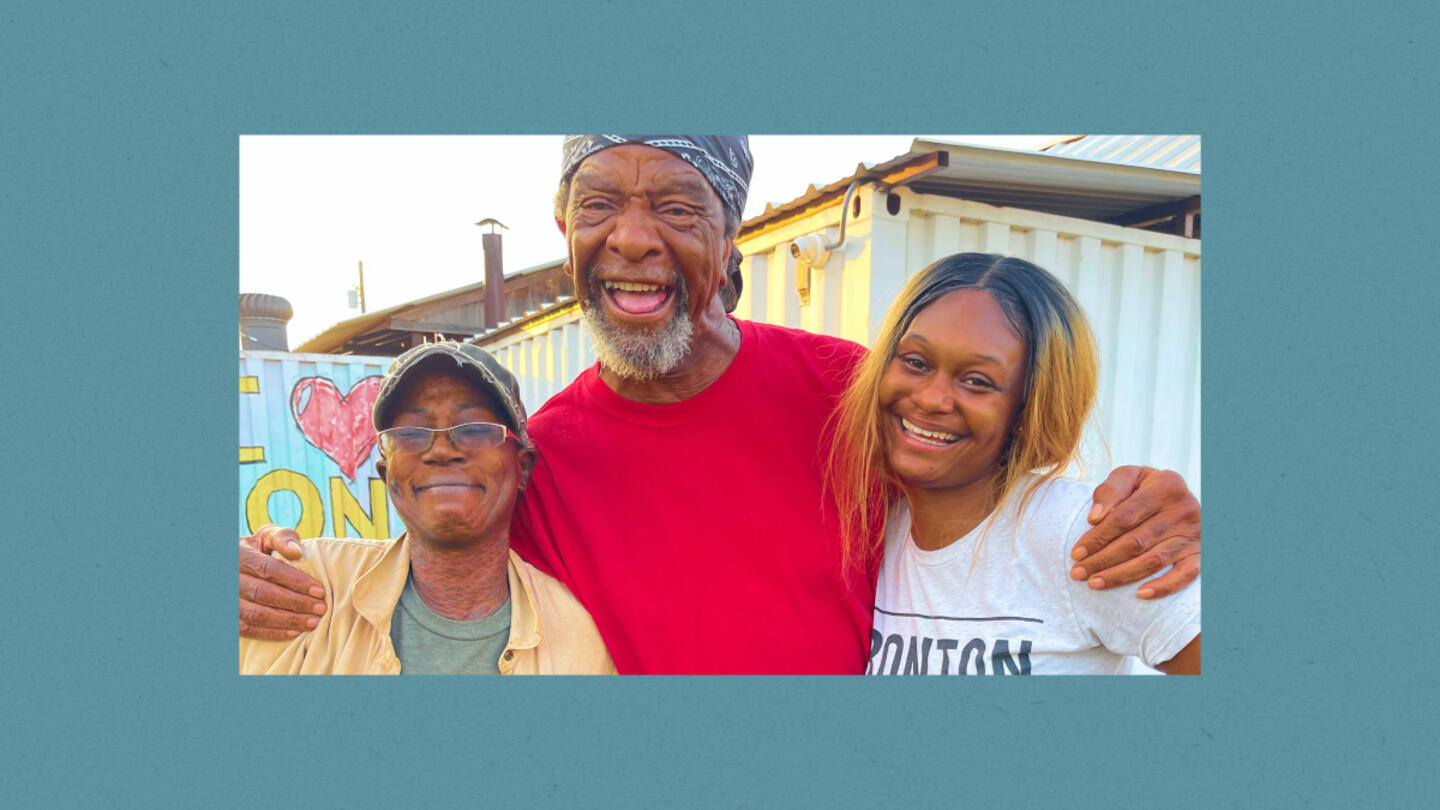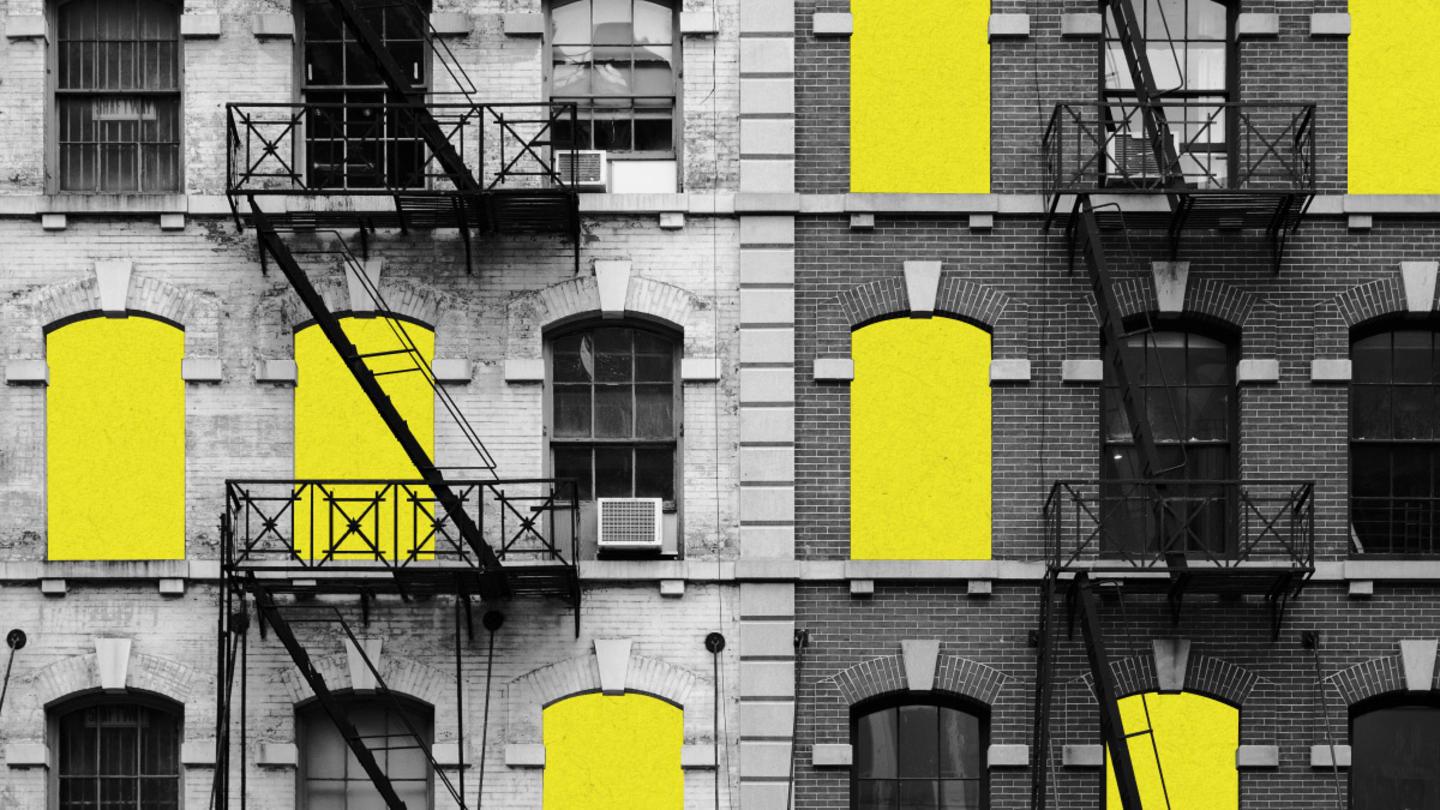Anyone who has tried to rent an apartment in a major U.S. city over the past few years is familiar with the housing dilemma: Prices are rising, and available units seem to be disappearing.
The United States has been facing a housing affordability crisis for decades. Despite billions of dollars spent by the U.S. government trying to provide affordable housing, it’s still out of reach for far too many Americans. According to a study by the National Low Income Housing Coalition, the hourly wage needed to afford rent on a one-bedroom apartment in America is $23.67 — more than three times the federal minimum wage. That means that in no city across the country can someone working a 40-hour week making minimum wage afford a one-bedroom rental.
That doesn’t sit right with Atticus LeBlanc.
He believes that if you’re willing to work, then “you should be able to afford a nice place to live.”
LeBlanc is a tech entrepreneur who founded and serves as the CEO of PadSplit, a start-up app that works to provide rooms to renters at half the cost of average prices. The app offers rooms at rents including $250 a week, $179 a week, and $190 a week.
In doing so, PadSplit isn’t just helping renters. It is also increasing profits for landlords.
“I think there’s only one way to approach the problem, and for us that is one room at a time,” said LeBlanc.
How the housing market serves an outdated image of the American population
Reggie is like a lot of people in Atlanta, doing multiple things at once. A full-time student, he also spends his days working part-time, modeling, and acting.
“Our cities depend on the contribution of thousands of people like Reggie,” described Stand Together field reporter Justin Toops. “But skyrocketing rental prices are pushing them out.”
The average cost of a one-bedroom apartment in America is $1,800 a month, which doesn’t quite level up with the national average monthly salary of $2,600. To afford rent in these circumstances, one would have to dedicate 60% of their earnings to housing, which can be crippling to their ability to use leftover funds towards education, healthcare, and other living expenses, even in the best of times.
“There’s people out here who are working two, three, four jobs. It’s hard out here if you’re only making $7.25 an hour,” Reggie said.
Many might assume that the government should deliver a solution, but this isn’t so. In 2021, the U.S. government spent $50 billion toward alleviating the affordable housing dilemma, to no meaningful end.
This is largely due to the residual impacts of neighborhood zoning, a practice that first came about in the 1920s. To regulate a rapid boom in urbanization, city governments mapped out zones for new housing construction, specifying that each residence must be built on individual lots of a certain size. What resulted were cities that dedicated large portions of the available area to single-family homes — most useful to the then-prevalent nuclear family.
A century ago, only 7.7% of Americans lived alone. But today, that number has risen to 27.6% and counting, meaning there is a disproportionate population of single occupants looking for housing in a sea of homes meant for families. In short, there is a higher demand for individual housing than there is land available.
In Atlanta, there are over 1,000 rooms available for rent through PadSplit. Though the average one-bedroom rental in the city goes for $1,852, Reggie is able to rent a one-bedroom apartment for just $640 a month.
Sign up for the Strong & Safe Communities newsletter for stories, ideas, and advice from changemakers breaking cycles of poverty and bridging divides.
An existing solution served in a new way
For LeBlanc, no new housing needs to be built at all, despite many efforts that focus on doing so to alleviate the housing availability crisis. Instead, he believes the solution is already all around us.
“I don’t think there’s any question that our housing problem is getting worse and that our homelessness problem is getting worse, and there are no good solutions that the government has produced to be able to address this problem so far,” he said. “Ultimately, I believe we have more than enough existing residential square footage to be able to solve this housing and homelessness problem tomorrow. The housing supply exists, it’s just, how do we create access to that supply for people who need it?”
Rather than top-down regulations for housing units, PadSplit allows renters and landlords to work together to find a solution that provides a win for both parties.
“We have so much housing that goes wasted and unused every single day,” LeBlanc said. “The question is, ‘How do we repurpose some of those empty bedrooms that sit empty, millions of them every single night, and put people in those rooms?’”
PadSplit enables property owners to divide their residence into separate bedrooms for single renters. This in and of itself isn’t new; there are many apps already on the market that allow sole occupants to find single rooms to rent within larger homes.
PadSplit’s true innovation, however, lies in its ability to make these residences affordable for the average American. Unlike traditional rentals, there is no credit check or initial deposit required, and 89% of PadSplit renters claim to have saved money through using the system, at an average of $330 a month. To ensure that renting is safe, all participants are asked to go through a background check.
“PadSplit really works to remove all the barriers to entry for folks who need a place to live who can’t really afford traditional rental options,” LeBlanc described.
Reggie’s PadSplit rental is bright and sunlit, welcoming visitors with a sunny yellow front door. He has been living there for over a year, and the space is more than just a place to sleep for him. It is a home adorned with his personal mementos as well as a studio for him to create content toward his dreams of being a performer. His residence has allowed him to save hundreds of dollars a month, he said.
“I felt like this experience has allowed me to understand myself a bit more and have that ability to push through,” said Reggie. “I can see myself just keep growing and developing my own personal self.”
A solution that works for renters and landlords alike
PadSplit isn’t just serving those in need of a place to stay. On the other side of the app from renters are hosts, those who rent out their residences to occupants.
Reggie’s host, Jean, was originally a PadSplit renter himself. The experience was so successful that it enabled him to save up enough money to buy a house of his own. He converted it into five separate rooms for rent, and so far, being a PadSplit host has provided him with the financial stability he used to lack. Even three out of five rooms being rented allows him to meet his expenses.
“In our opinion, the best way to solve this problem is simply to create a system that works for everyone,” LeBlanc described. “What our hosts are really looking for as real estate investors is increasing their bottom line.”
PadSplit has been able to increase the net operating income of hosts by more than 2x, relative to the traditional rental model. This is because hosts are able to rent to several households at once, rather than renting out a house to one household only. Though each individual room is rented for a comparatively lower cost, the net sum of each rent exceeds that which a landlord would make by renting to one household alone.
It’s a mutually beneficial solution that serves both sides and uses a business model as a force for good — a template that LeBlanc believes other businesses can learn from. He hopes to increase PadSplit’s available rooms for rent to one million over the next decade.
“I think all businesses have a role in changing society for the better,” said LeBlanc. “Whenever you’re confronting these massive problems, it’s important to break them down into bite-sized pieces and just keep going. You have new challenges every single day, some of which might seem absolutely insurmountable. But the only way to approach them is by taking it one room at a time.”
***
PadSplit is supported by Stand Together Ventures Lab, which invests in and supports founders and their early-stage start-ups that are challenging the status quo.
Learn more about Stand Together’s efforts to build strong and safe communities and explore ways you can partner with us.

Now in recovery, he’s teaching others how to deal with “life on life’s terms.”

This South Dallas neighborhood is a food desert, but problems run deeper than limited food access.

The new org chapter Olympic star Simone Biles helped found is just getting started.

The film, executive produced by Letitia Wright and Joe Knittig, CarePortal CEO, shows how communities strengthen families.
